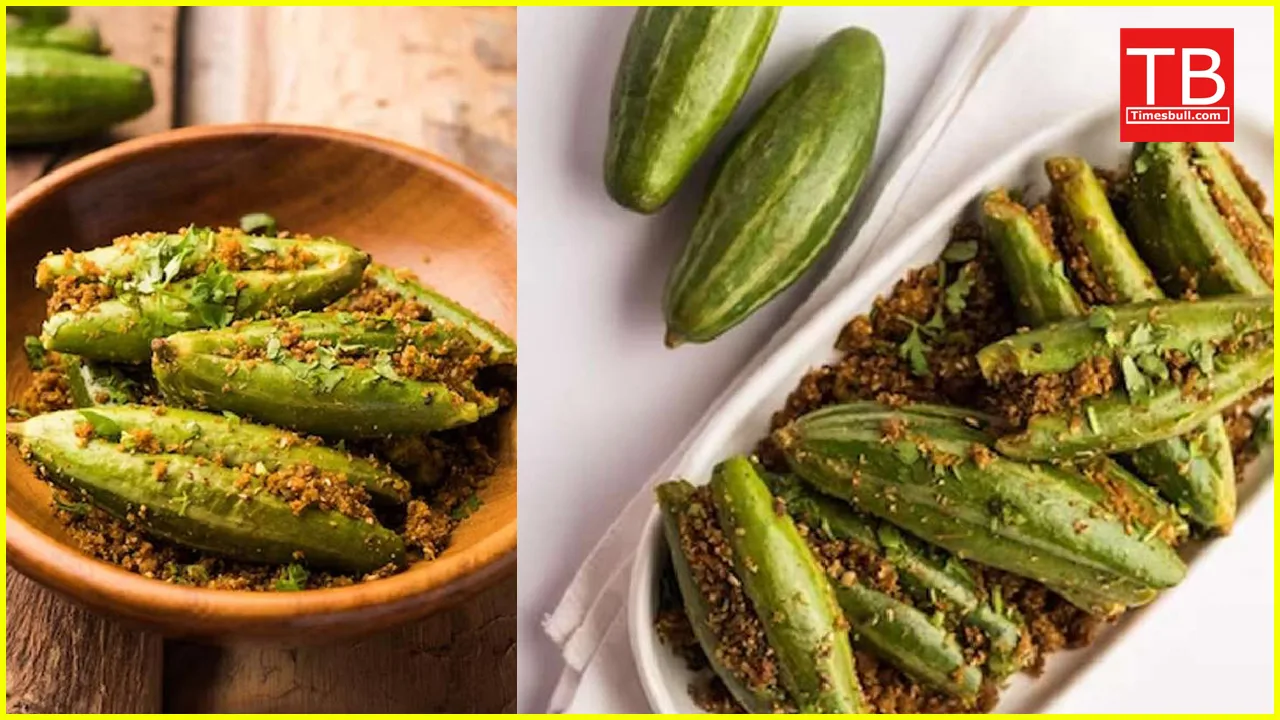Feeling peckish, but tired of the same old boring veggies? Look no further than the humble parwal, often overlooked yet packed with a surprising punch of flavor and health benefits. This striped green wonder, also known as the pointed gourd, is a seasonal monsoon delight, waiting to elevate your meals and nourish your body. Ready to discover why parwal deserves a starring role in your diet? Dive into this comprehensive guide and unlock its hidden treasures!
A Nutritional Powerhouse Disguised as a Veggie:
Don’t underestimate this unassuming vegetable! Parwal is a nutritional powerhouse, brimming with essential vitamins, minerals, and dietary fiber. It’s a rich source of vitamin A for sharp vision and healthy skin, vitamin C to boost your immune system, and B vitamins for energy and metabolism. But wait, there’s more! Parwal boasts a decent amount of calcium for strong bones, magnesium for relaxation, and potassium for regulating blood pressure. And the best part? It’s incredibly low in calories and fat, making it a perfect addition to any weight management plan.
Beyond the Plate: Unveiling the Healing Potential of Parwal:
Parwal isn’t just delicious; it’s also known for its ancient Ayurvedic uses. From its cooling properties to its ability to aid digestion, this versatile veggie has been a trusted remedy for centuries. Let’s explore some of its potential health benefits:
- Digestive Delight: Struggling with bloating or constipation? Parwal’s high fiber content comes to the rescue! It acts as a natural laxative, promoting digestive regularity and keeping you feeling light and energized.
- Immunity Booster: Packed with vitamin C and antioxidants, parwal helps fight off infections and keeps you protected from seasonal illnesses. Think of it as a shield against coughs, colds, and fever!
- Detoxifying Power: Need a liver cleanse? Parwal’s diuretic properties come in handy! It helps flush out toxins and impurities from your body, promoting overall well-being.
- Blood Sugar Stabilizer: Dealing with blood sugar fluctuations? Parwal might be your answer! Studies suggest it may help regulate blood sugar levels, making it beneficial for managing diabetes.
- Skin Savior: Worried about wrinkles and premature aging? Parwal’s vitamin A and C content work their magic! These antioxidants combat free radicals, keeping your skin youthful and radiant.
Unlocking the Culinary Versatility of Parwal:
Don’t let the simple appearance fool you! Parwal is a culinary chameleon, adapting to various flavors and preparations. Here are some delicious ways to enjoy this versatile vegetable:
- Classic Comfort: Simmer parwal in a creamy, spiced gravy for a comforting curry experience. Pair it with rice or roti for a satisfying meal.
- Stir-Fry Delight: Saute parwal with your favorite vegetables and spices for a quick and healthy stir-fry. Enjoy it with noodles or rice for a light and flavorful meal.
- Stuffed Surprise: Hollow out parwal and fill it with a flavorful vegetarian mixture of paneer, spices, and herbs. Bake or deep-fry for a unique and delicious side dish.
- Salad Sensation: Add thinly sliced raw parwal to your salads for a refreshing and crunchy twist. It pairs well with tomatoes, cucumbers, and a light vinaigrette dressing.
- Soup Savior: Looking for a healthy and warming soup? Puree cooked parwal with your favorite spices and coconut milk for a creamy and flavorful soup.
More Than Just a Vegetable: A Sustainable Choice:
Parwal isn’t just good for you; it’s also good for the planet! Here’s why:
- Locally Grown: Often cultivated by small farmers, parwal has a low carbon footprint compared to imported vegetables. Choosing local and seasonal produce like parwal is an environmentally conscious decision.
- Minimal Waste: The entire parwal plant, from the leaves to the seeds, can be used for culinary or medicinal purposes. This minimizes waste and promotes responsible resource utilization.
- Low Water Needs: Parwal requires less water compared to other vegetables, making it a sustainable choice for water-scarce regions.
Remember: While parwal offers numerous benefits, it’s crucial to consult your doctor before making any significant dietary changes, especially if you have any underlying health conditions.














